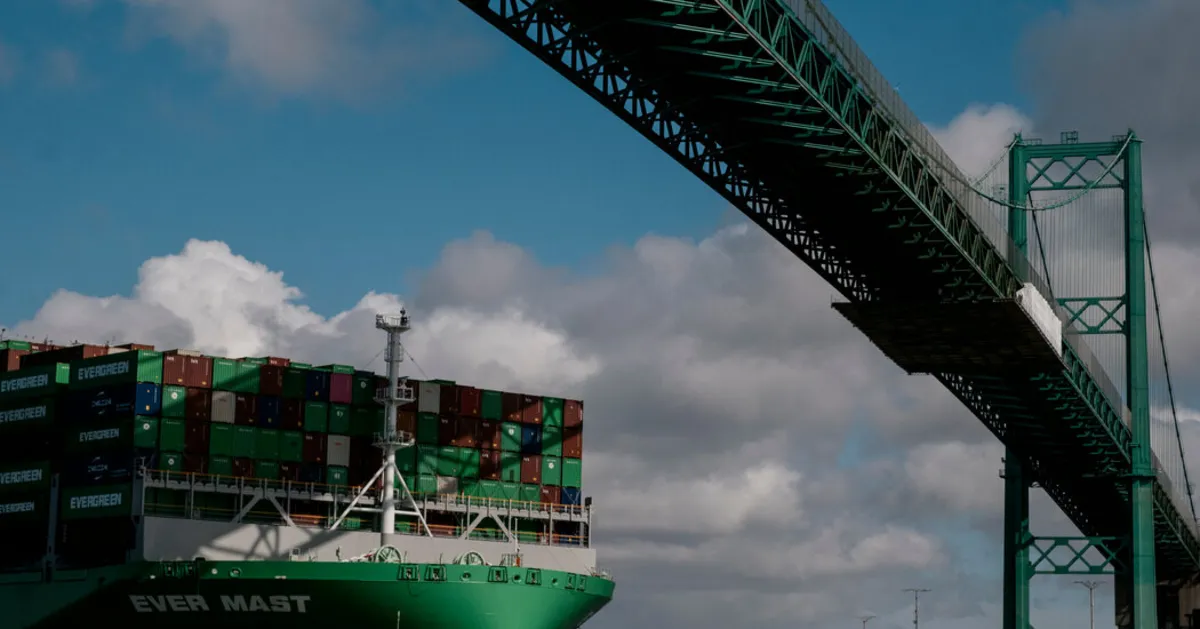
Last week, President Trump announced the implementation of an additional 10 percent tariff on Chinese goods, igniting a wave of concern among small business owners. Logan Vanghele, a 28-year-old entrepreneur, found himself in a tight spot as he urgently contacted the logistics company responsible for a significant $120,000 shipment of aquarium products destined for his small business. The cargo was already en route to Boston from China, and Vanghele's request was clear: “Get this thing off the boat, please.”
As the deadline approached, company executives and foreign officials scrambled to mitigate the impact of Trump's stringent tariff policies. These new measures, which are set to take effect just after midnight on Tuesday, threaten to impose hefty tariffs on goods imported from not only China but also Canada and Mexico. The president has framed these tariffs as a way to combat the influx of deadly drugs and migrants into the United States. However, this strategy of brinkmanship with America's largest trading partners has introduced a significant level of uncertainty for business owners like Vanghele.
Vanghele's company specializes in selling lighting and equipment for aquariums, all sourced from China. He was unaware that the shipment, which was one of his largest to date, could be subject to substantial tariffs when it departed from Yantian Port in southeastern China back in January, shortly before Trump's inauguration. Faced with the potential of incurring approximately $25,000 in tariffs, Vanghele took immediate action. He reached out to the logistics firm last week, pleading for the cargo to be offloaded at a port in Norfolk, Virginia, where it had stopped on Friday, instead of continuing to its original destination in Boston.
While there is a possibility that Trump’s new tariffs may include exemptions for goods already in transit, business owners like Vanghele remain in a state of uncertainty. The lack of clear communication about tariff exemptions only adds to the anxiety surrounding international trade and its impact on small businesses in America. As the situation develops, many entrepreneurs are left weighing their options and strategizing on how to navigate the complex landscape of tariffs and trade.
In summary, President Trump's latest tariff announcements have created a challenging environment for small business owners across the nation. The urgency to adapt to these changes, combined with the looming threat of significant financial penalties, underscores the precarious nature of international trade in today's economy.